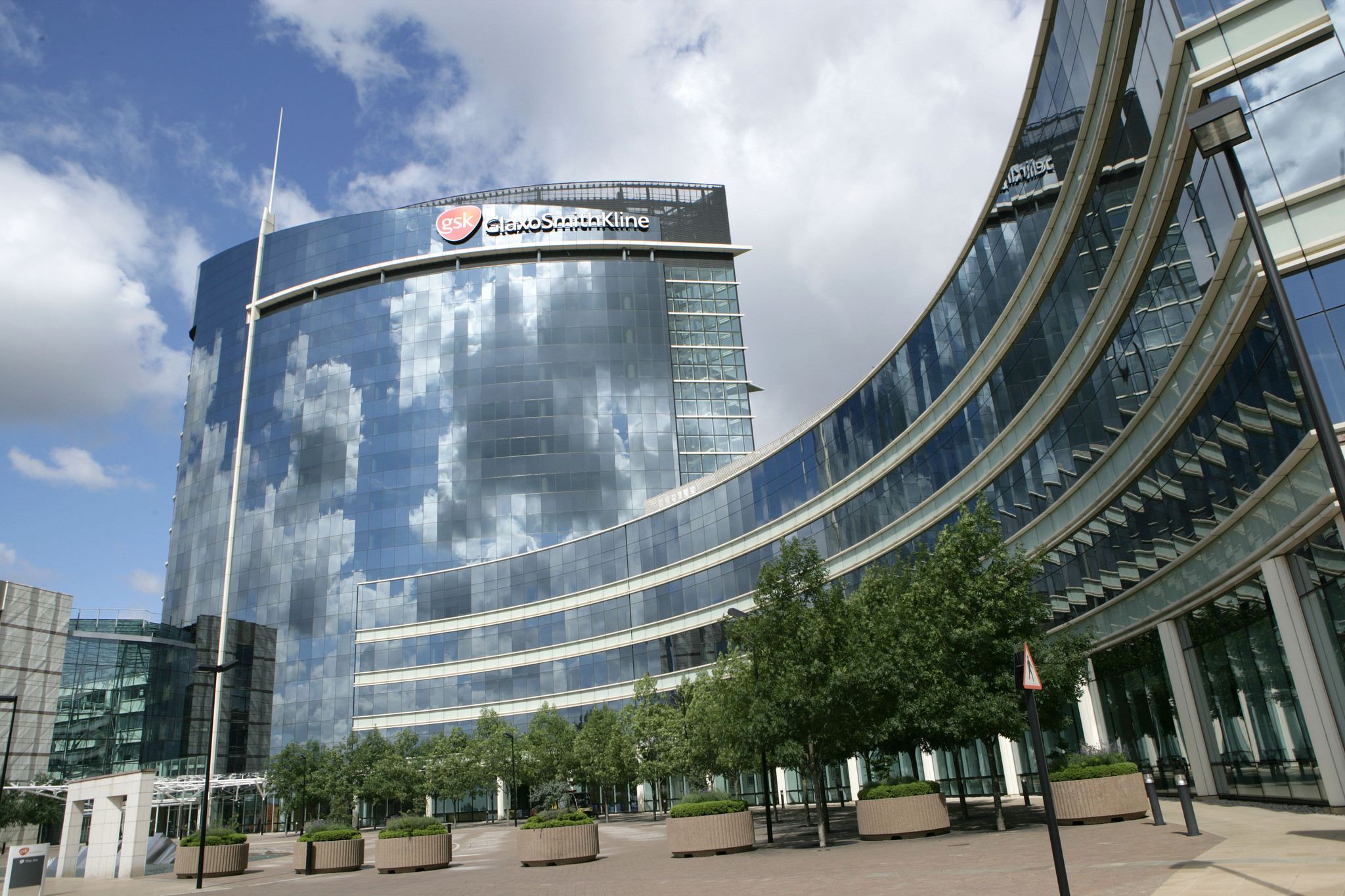FDA reviewer warns of eye trouble with GSK’s myeloma ADC

GlaxoSmithKline heads for an FDA advisory committee meeting this week for belantamab mafodotin – its much-touted treatment for multiple myeloma – with a question about safety hanging over the drug.
The BCMA-targeting antibody-drug conjugate (ADC) is considered one of the brightest candidates in GSK’s late-stage pipeline as the company rebuilds its position in oncology – an area it all-but exited a few years ago – with a chance to become the first anti-BCMA drug on the US market.
The FDA reviewer’s assessment of the belantamab mafodotin – published ahead of the Oncologic Drugs Advisory Committee (ODAC) meeting due to be held tomorrow – notes that the ADC is associated with “a clinically significant decline in visual acuity, including severe vision loss” that is unique among anti-myeloma drugs.
It also suggests that in some patients the toxicity to the eyes (keratopathy) may go unnoticed as it doesn’t lead to symptoms like blurred vision or dry eye, so without careful monitoring it could progress to “severe corneal ulcers that may require corneal transplant.”
GSK filed for approval of belantamab mafodotin for relapsed/refractory multiple myeloma patients who have received at least four prior lines of therapy last December, after getting breakthrough status for the ADC from the FDA and a six-month review period.
It's heading into what looks set to become a highly competitive category, with several other BCMA drugs following closely after in development, and a safety issue could make GSK’s task of building sales for the drug much harder.
Among the followers are BCMA-targeted CAR-T therapies from Bristol-Myers Squibb/bluebird bio and Johnson & Johnson, bispecific antibodies from Amgen, Regeneron and BMS/bluebird, and rival ADCs from AstraZeneca and BMS/Sutro Biopharma.
GSK’s US marketing application is based on two pivotal trials – DREAMM-1 and DREAMM-2 – which showed that belantamab mafodotin achieved responses in around a third of patients who had received an average of seven prior treatments for the cancer.
The FDA reviewer’s safety concerns concentrate on the DREAMM-2 trial, which showed that keratopathy – damage to the corneal epithelium – was seen in 71% of patients overall, with 44% of them experiencing at least one severe bout at the 2.5 mg/kg dose of the ADC, the dose selected for the marketing application.
The briefing document notes there are “no therapeutic strategies identified to mitigate the ocular toxicity with belantamab mafodotin”, and for now it is not clear whether the effect is reversible.
Overall, that means “it is not clear whether the benefit [of the drug] outweighs the risks of ocular toxicity,” according to the reviewer.
Shares in GSK dipped by around 1% after the document was published, but regained ground thereafter as investors tried to understand the implications of the side-effect issue on the programme.
If the ODAC does decide to take a cautious stance and declines to recommend belantamab mafodotin for approval, it will be the second regulatory setback for an anti-BCMA drug in the space of a couple of months.
In May, the FDA said it could not accept BMS and bluebird’s regulatory filing for their CAR-T candidate ide-cel (idecabtagene vicleucel; formerly bb2121), asking for more chemistry, manufacturing and controls (CMC) data.
A knockback from the FDA for belantamab mafodotin would throw a big spanner into the works of GSK’s resurgence in oncology, which is being spearheaded by PARP inhibitor Zejula (niraparib), acquired as part of its $5.1 billion takeover of Tesaro.
Expanding the approved indications for Zejula – coupled with approvals for belantamab mafodotin in myeloma and PD-1 inhibitor dostarlimab in endometrial cancer – are key to GSK’s plans for its oncology renaissance.











